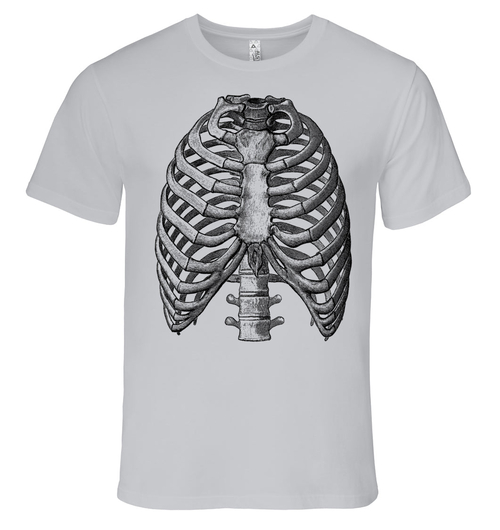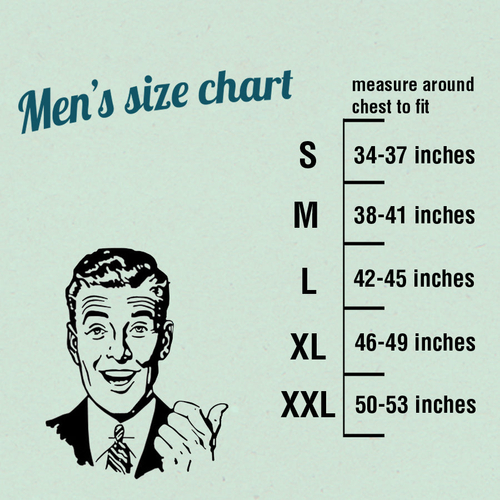
Dropship Ribs Anatomy
100.0% of buyers have recommended this.
Comprehensive rib anatomy guide
Essential for medical students
Visual aids for better learning
Perfect for anatomy enthusiasts
Supports health and fitness education
Product description
The anatomy of ribs is a crucial aspect of human biology that plays a significant role in our overall health and well-being. Understanding the structure and function of ribs can provide valuable insights for medical students, healthcare professionals, and anyone interested in human anatomy. This guide delves into the intricate details of rib anatomy, offering a comprehensive overview that is both informative and engaging.
What Are Ribs?
Ribs are long, curved bones that form the rib cage, which protects vital organs such as the heart and lungs. The human rib cage typically consists of 12 pairs of ribs, each attached to the spine at the back and curving around to the front of the body. Ribs are categorized into three main types: true ribs, false ribs, and floating ribs. True ribs (the first seven pairs) are directly attached to the sternum, while false ribs (the next three pairs) are connected to the sternum indirectly. Floating ribs (the last two pairs) do not attach to the sternum at all.
Importance of Rib Anatomy
Understanding rib anatomy is essential for various reasons. For medical students, a solid grasp of rib structure is fundamental for diagnosing and treating thoracic injuries and diseases. For fitness enthusiasts, knowledge of rib anatomy can enhance breathing techniques and improve overall physical performance. Additionally, understanding how ribs function can aid in recognizing symptoms related to rib injuries or respiratory issues.
Rib Structure and Function
Each rib consists of a head, neck, and body. The head of the rib articulates with the thoracic vertebrae, allowing for movement and flexibility. The body of the rib is flat and curved, providing strength and support to the rib cage. Ribs also play a vital role in the respiratory system. During inhalation, the ribs expand, increasing the volume of the thoracic cavity and allowing the lungs to fill with air. Conversely, during exhalation, the ribs contract, pushing air out of the lungs.
Common Rib Injuries
Rib injuries can occur due to trauma, such as falls or accidents, and can lead to significant pain and discomfort. Common rib injuries include fractures, contusions, and sprains. Rib fractures are particularly concerning as they can lead to complications such as punctured lungs or damage to surrounding organs. It is crucial to seek medical attention if you suspect a rib injury, as proper diagnosis and treatment are essential for recovery.
Rib Anatomy in Medical Education
For those pursuing a career in medicine, a thorough understanding of rib anatomy is vital. Medical education often includes detailed studies of the skeletal system, with a focus on the rib cage's role in protecting vital organs and facilitating respiration. Anatomy courses typically involve both theoretical knowledge and practical applications, including dissections and 3D modeling, to provide a comprehensive understanding of rib anatomy.
Resources for Learning Rib Anatomy
There are numerous resources available for those interested in learning more about rib anatomy. Textbooks, online courses, and anatomy apps can provide valuable information and visual aids to enhance understanding. Additionally, anatomy atlases and interactive models can offer a hands-on approach to studying rib structure and function. Engaging with these resources can deepen your knowledge and appreciation for the complexity of the human body.
Get started

